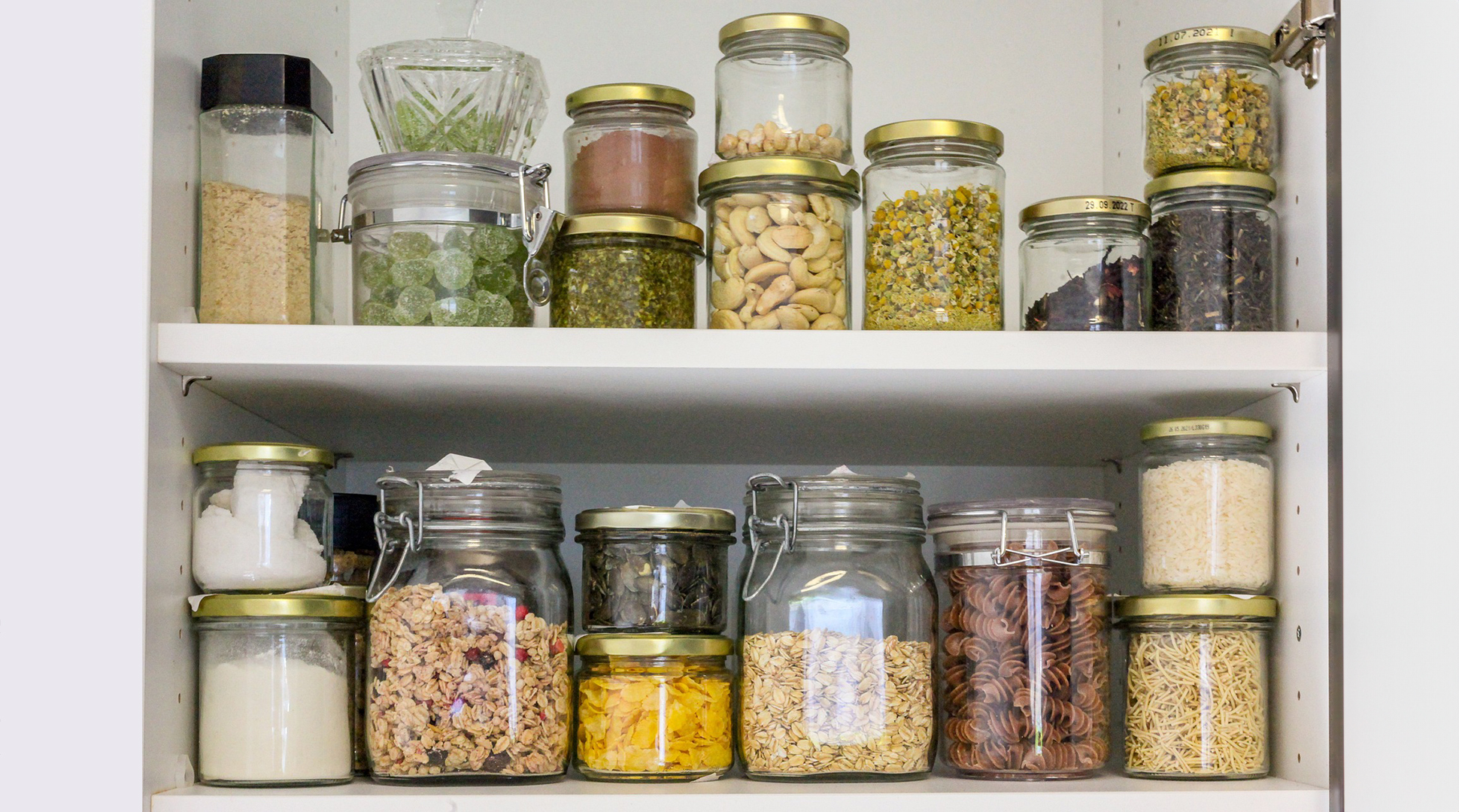Image by Filmbetrachter from Pixabay
by Julie Garden-Robinson, PhD, LRD
We live in an “empty nest.” Our three children have been living on their own for a while.
Cooking for two people can be a little challenging after cooking for a family.
“Should I throw this away now?” my husband asked.
“The rest of the chili could go on top of baked potatoes,” I replied.
I noted the small amount of chili in a container in the refrigerator the next morning. He doesn’t like to waste food either.
As he ate chili, I thought about my restaurant leftovers. My to-go box had roasted chicken, potatoes and other vegetables. I chopped the leftovers, added some chicken broth and made enough soup for two meals.
By the way, the standard refrigerator storage life for perishable foods is four days. Remember “four day throw away.”
As a food and nutrition specialist, I am asked questions about shelf life and food storage. People often discover food in their refrigerator, freezer or cupboards and wonder if it is still edible.
What would you do in each of these scenarios?
Scenario 1:
“I have noticed that many restaurants leave their ketchup on the tables all day. Why don’t they keep them refrigerated? I have two partially filled bottles of ketchup in my fridge. They have been there for about five months. Is the ketchup safe to eat?”
Ketchup is an “acidified food” so it is safe without refrigeration for a while after being opened. An acidified food has added acid, such as vinegar, to keep it safe longer at room temperature.
Ketchup bottles may remain on restaurant tables because restaurants go through ketchup more rapidly than people typically do at home. However, ketchup bottle labels usually state that the products should be refrigerated after opening.
Unopened ketchup in your pantry is best used within a year of purchase. After opening the bottle of ketchup, the U.S. Department of Agriculture recommends refrigerating it for up to six months for best quality.
You are close to the typical amount of time recommended for refrigerating your ketchup. You might consider making some sloppy joes (or slushburgers or barbecues or whatever you call them) for an upcoming meal.
Scenario 2:
“I have spices in my cupboard that I received several years ago. Are they safe to eat?”
Spices lose their flavor through time, but they do not become unsafe. You may need to add an additional amount of spice to get the same flavor.
Use whole spices within four years for best quality. Ground spices have a shorter shelf life. Use within three years for best quality.
Scenario 3:
“I have a frozen turkey that I bought two years ago in my freezer. Is it safe to use this year?”
As long as food remains solidly frozen throughout its storage, it is safe. Frozen food packaged for freezer storage in freezer bags, vacuum packages or freezer containers will retain its quality (flavor, texture) better than food that is not packaged well.
For best quality, the U.S.D.A. recommends using the turkey within a year of purchase, but your turkey is safe. Be sure to thaw the turkey in your refrigerator or under cold water. Cook the turkey to an internal temperature of 165 degrees Fahrenheit, and measure the temperature in the thigh and breast. You may want to baste the turkey more often to prevent it from drying out during roasting.
Overall, try to use food within a reasonable time so it remains at its best quality. Be sure to write the date of purchase on packaged foods. Arrange your pantry with the “oldest” food in the front so it is used first. We have all seen increased grocery prices in recent times. Create menus based on what you have on hand to avoid food waste. Here’s a recipe that might use up some fresh produce in your refrigerator, other items in your cupboard and frozen ground beef from your freezer. See www.ag.ndsu.edu/food to learn more about food safety.
Garden-Robinson is a North Dakota State University Extension food and nutrition specialist and professor in the Department of Health, Nutrition and Exercise Sciences.
